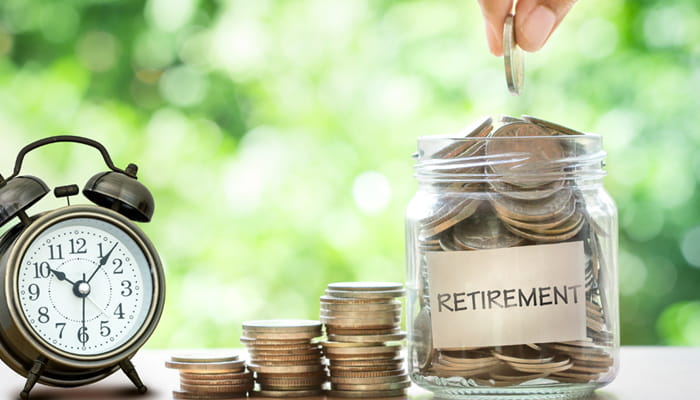
What’s a Safe Drawdown Rate in Retirement?
You've probably heard of the 4% rule. It holds that during retirement you should be able to withdraw up to 4% of your invested savings each year and not have to worry about running out of money.1
However, like the 60/40 rule and the 10, 5, 3 rule, the 4% rule is less of a fixed law and more of a guideline about what might make sense under hypothetical conditions.
Reshma Kapadia, writing for Barron's, explains that the 4% rule was never intended as a hard and fast law that applies to everybody. Like all rules of thumb, it was meant to help people make sense of an abstract and complicated process. But, she says, with so many people thinking about funding their retirement, the rule has become entrenched in modern financial planning narratives.2
The 4% rule may not apply to you. It was calculated based on past market performance, past rates of inflation, and an averaged portfolio. If you have your money in 10-year bonds with a return of 1.5%, or your portfolio sustains significant losses right before you retire, 4% may not end up being a safe rate of withdrawal.
So, how DO you determine a safe draw-down rate so you can estimate your income in retirement? The answer is two-fold. When planning for retirement, base your withdrawal rate on your expected asset mix. And when in retirement be willing to be a little flexible with the required cashflows from your investments.
Morningstar has done research suggesting that for the next 30 years the starting safe withdrawal rates range from 2.7% for an all-cash position up to 3.3% for someone with 60% stocks and 40% bonds.
In light of this lower-than-4% recommended rate, investors have several options. One is to maximize fixed sources of income such as Social Security. Another is to be willing to vary the amount withdrawn each year.
If a retiree's portfolio does well one year, then they give themselves a "raise," a withdrawal percentage that considers the growth of their investments. But if their portfolio loses value, they need to be willing to withdraw less than their initial "safe" amount.
While complex external factors like inflation, bond yields, and market performance are all beyond your control, you can still take the actions that are most likely to lead to a fully funded retirement. With trusted advice, a willingness to be flexible, and a resilient outlook, you can have confidence that you are progressing according to plan, regardless of life's changing circumstances.
1. http://go.pardot.com/e/91522/ng-every-investor-should-know-/938t8n/1943198506?h=u0ffoNTr0hwAx1cZKWCVSSJjiTvWQtxLOwv-5RlyBiA

Related articles

If you're a little confused about the difference between a 401(k) and an IRA, you're not alone. Most people know that they're both designed to help you save for retirement and, at work, they...

You’ve likely seen the headlines about the “One Big Beautiful Bill” (OBBB) signed into law on July 4, 2025. It’s a sweeping piece of legislation that expands many of the 2017 tax cuts. It also...

As a savvy investor you know that one of the keys to long-term success is avoiding unnecessary costs. You know to steer clear of tax penalties, excessive transaction costs, and even opportunity...